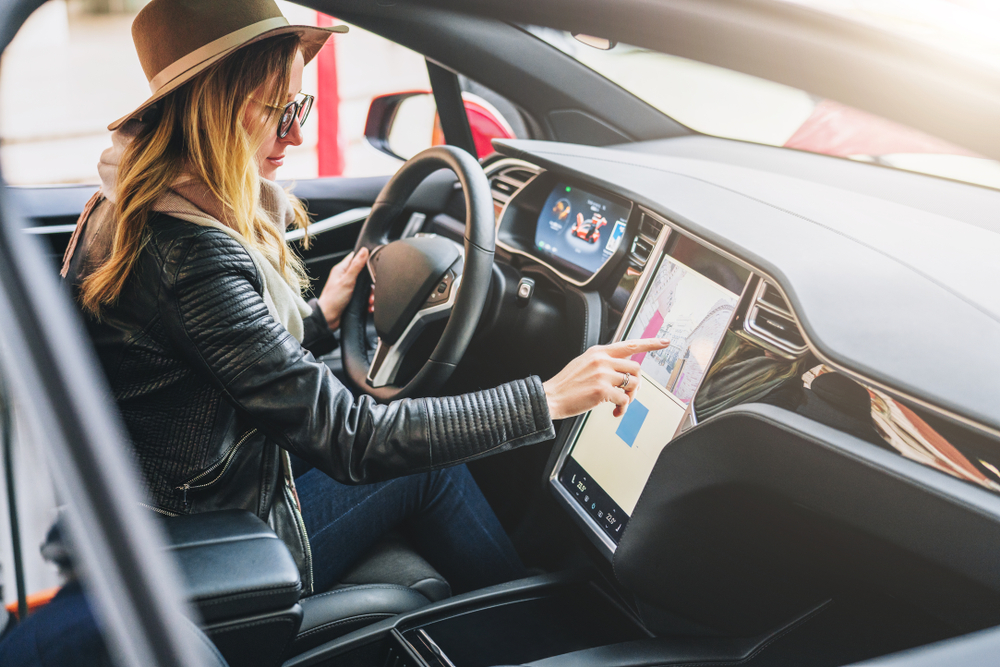Holistic brand experience in the Digital age
By S Swaminathan
A brand of biscuit runs a social media campaign on their relationship with consumers.
A brand of watch has a brand website that creates a personification of its brand imagery.
A brand of hair oil has an e-store that sells through e-commerce websites.
A brand of rice, attempting to break out of commoditization uses augmented reality to provide details about its rich origin of sourcing.
Are these brands adopting the digital route in a customer-centric manner?
The answer may be “yes”. However, if the question is “Do these examples exemplify holistic digital branding experiences?” the answer is No. In an insightful HBR article on ‘Ultimate Marketing machine’ the authors suggest marketing organizations are stuck in the last century and how the best meet the challenges of the digital age. We sum this up as ‘Holistic branding in the digital age’ because how customers engage with brands have changed with the onset of digital platforms and there is a compelling need to provide a holistic brand experience that by itself will be a strong brand differentiator triggering brand loyalty . Do we not try to buy the same brand if we have a good experience?
Exploring the Digital Brand Experience Across Different Industries
Let us take a visit a brand of health food or home decoration or a smart watch or a beauty brand. Here are some questions that came to us:
- How many of them motivate us to begin a relationship with the brand?
- Do most of these websites (some of them have mobile apps) give us personally relevant information or attend to our queries promptly other than mentioning the features of the various offerings or value propositions. They seem more like brand messages and a one-way communication (though all of us acknowledge that digital platform has to encourage a two-way dialog between the brand and the consumer).
Branding today is not about developing a brand architecture (psychological variables associated with the consumer included), content, design, analytics, digital campaigns and ad campaigns , internal cross-functional interventions and external agency inputs that include marketing research inputs and ad agency interventions/interactions in isolation; it is about getting the synergy from the these diverse inputs.
What is Marketing Experience (MX)?
Marketing Experience (or MX) is the term we use to define a holistic brand experience that is associated with connecting and integrating contextual and imaginative use of data, information, analytics , algorithms, technologies with the softer but important aspects of what a brand stands for with respect to the equity of the brand.
- Brands need to reimagine their websites as a channel of contextual content experiences based on the brand value proposition. It must trigger content & personalization based on the involvement profile of consumers.
- Let us consider the example of the need for beauty care. Essentially, almost every woman aspires to enhance her looks but the level or degree of relevance of beauty becomes important.as the level of involvement increases. There is a customer segment that may just buy a cream or lotion at the basic level of just looking and feeling good (generic need), there may be a segment interested in solving a skin problem and there may be one that is interested in ingredients that go into the product due or the consumer may also buy a brand because a value like not being tested on animals. The challenge for a brand is to develop the involvement profile of consumers who are engaged with it online. With a large database of millions of consumers , an established brand has a wealth of data on the demographics, psychographics and the involvement profile of consumer segments. This is just a suggestive example with many possibilities.
- The offline consumer of the brand (continuing with the same example of cosmetics) has transactions at the point of purchase . Given the history of purchase and the geo-location, how can the brand provide transaction-based rewards and more importantly raise the level of involvement with the brand. This may require certain offline measures like a hyper-local promotional coupon being offered or motivating the offline consumer to visit the salon where she can learn more about the brand etc. The idea is to gradually use offline and online data to acquire and retain the consumer (whether online or offline) with an approach that would provide a relatively omni-channel customized experience for a consumer. Web analytics, mobile app, promotion data etc. need to simultaneously capture the patterns and the combination of marketing research and analytics need to give pointers for the brand with respect to its overall strategy.
Kotler’s Holistic Marketing and Its Impact on Brand Experience
Brands need to move to holistic experience proposition rather than just brand proposition
Kotler, in his classic textbook, emphasizes the concept of holistic marketing, and internal cross-functional marketing enablement is an important part of holistic marketing. With the proliferation of segments, preferences, and even customization of offerings, the linkages and interactions of different functional areas play an important role in enhancing brand experience. Personalizing the brand experience with respect to consumer needs, new product offerings, and services that need to be adapted to the changing environment and preferences must be accomplished only with cross-functional linkages. Analytics reflecting consumer preferences and trends need to be made available to these cross-functional teams so that the differentiation of the brand experience starts at the core experiential level and not at the cosmetic level, as perceived by consumers.
The Shift from Product to Holistic Brand Experience
The classical Levitt’s axiom that a product is a service is taking shape in today’s digital environment (do we require coffee or a brand experience at a café, or do we require a detergent or a cleaning service that will have detergents and other offerings based on individual needs?). Data, insights, content, and marketing research done in real-time can supplement conventional brand experience strategies.
Today, established brands may perhaps be the preferred choice of a millions of consumers despite the shortcomings on marketing experience. This may be happening due to brand vasanas (read the knowledge structure created by past advertising and perhaps even by distribution reach of these brands). Times are changing the perception of value in the psyche of the consumer which is also changing with information and digital platform explosion. We already see new brands emerging in categories like fresh juices, tea, moisturizer soaps and detergents to name a few categories.
Embedding marketing experience across channels and consumer segments will no longer be a compelling proposition; it will be a necessity.
(Dr.S.Ramesh Kumar, Professor of Marketing, Indian Institute of Management, Bangalore, S.Swaminathan)










